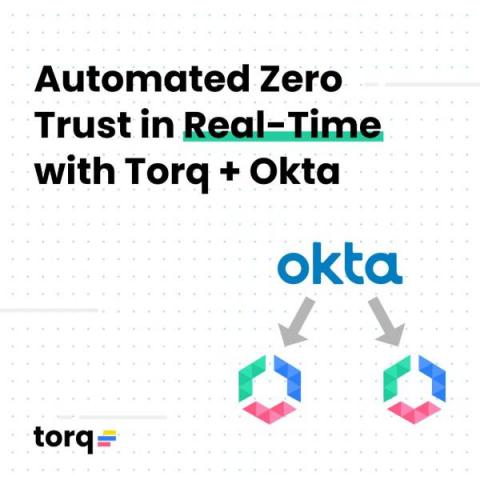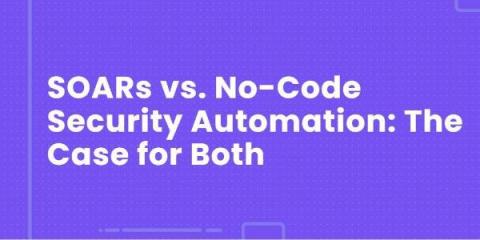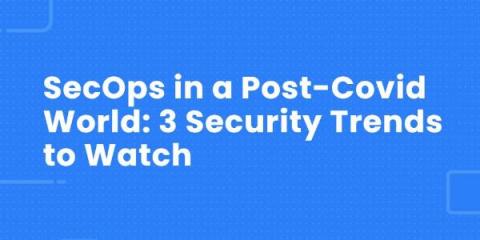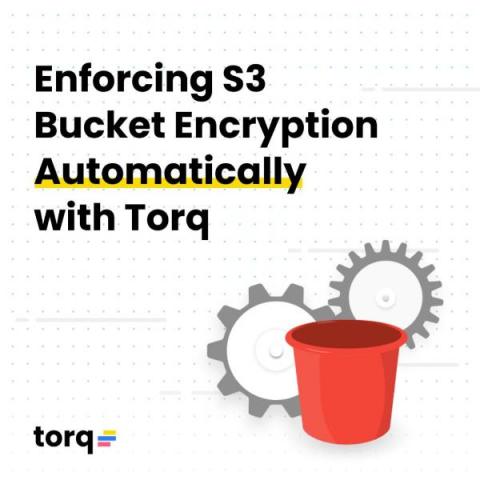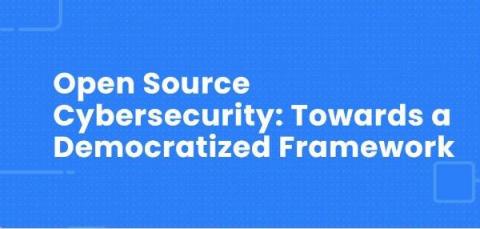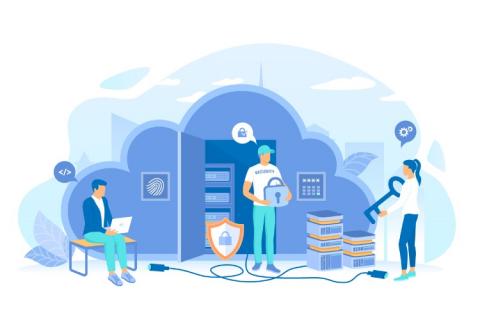Automated Zero Trust: The Only Thing to Put Your Trust in
There’s no question that centralized identity and access management (IAM) helps companies reduce risk and prevent attacks. But, as this week’s Okta attack shows, centralized IAM doesn’t eliminate all risks. Attackers with access to IAM data can use this information to easily access downstream systems or modify permissions to grant elevated access to malicious parties.


